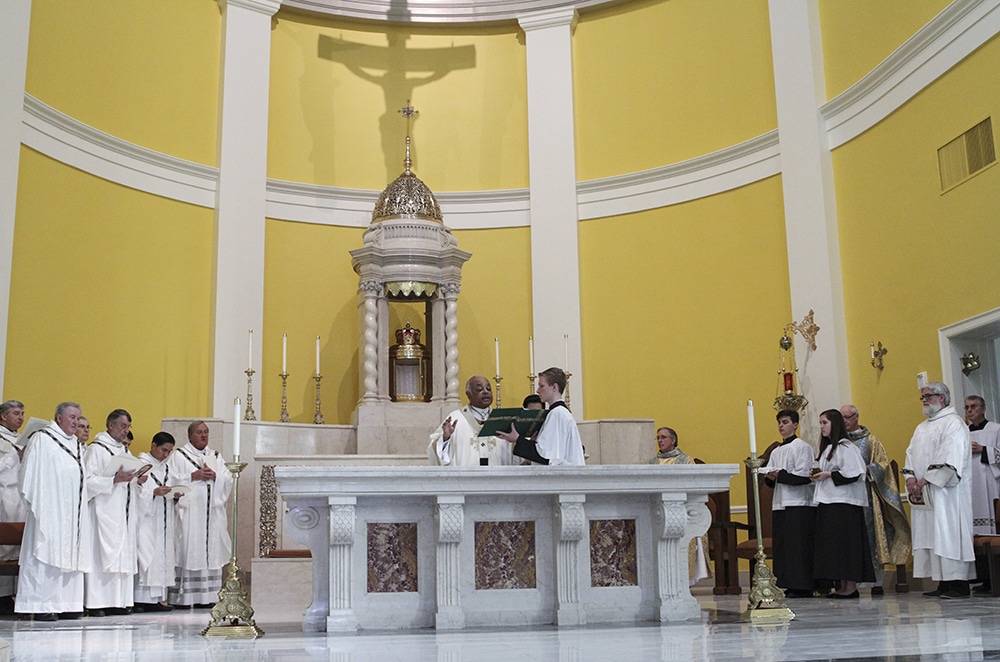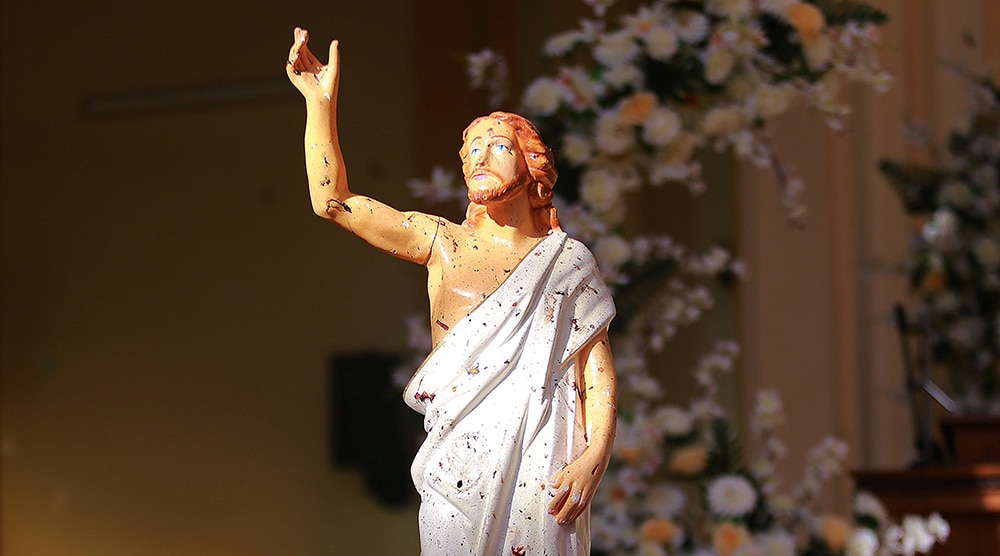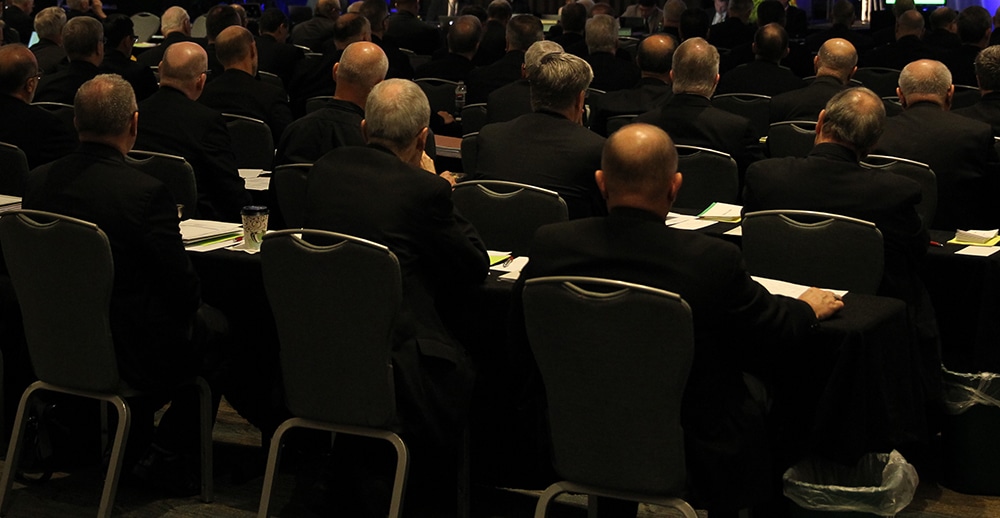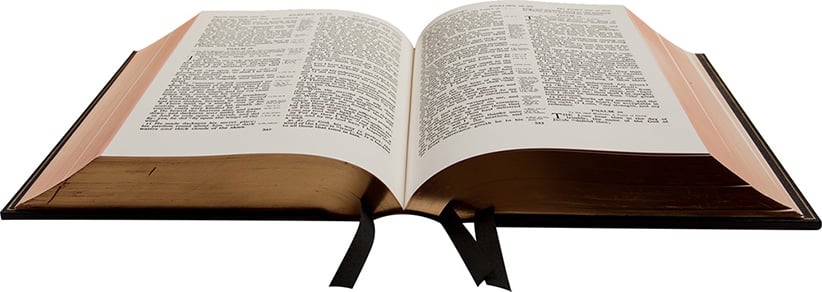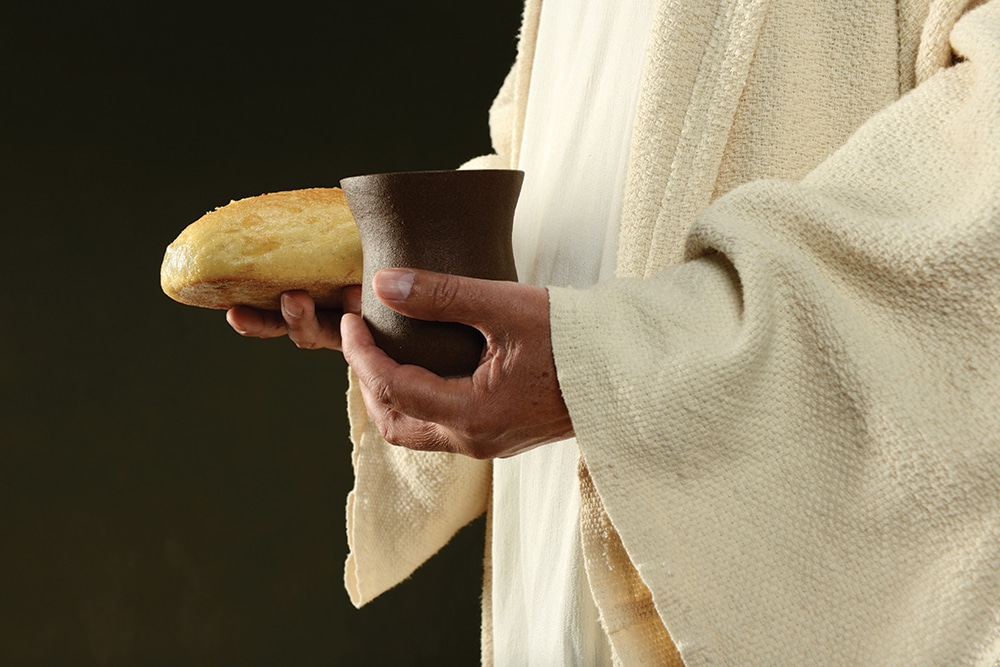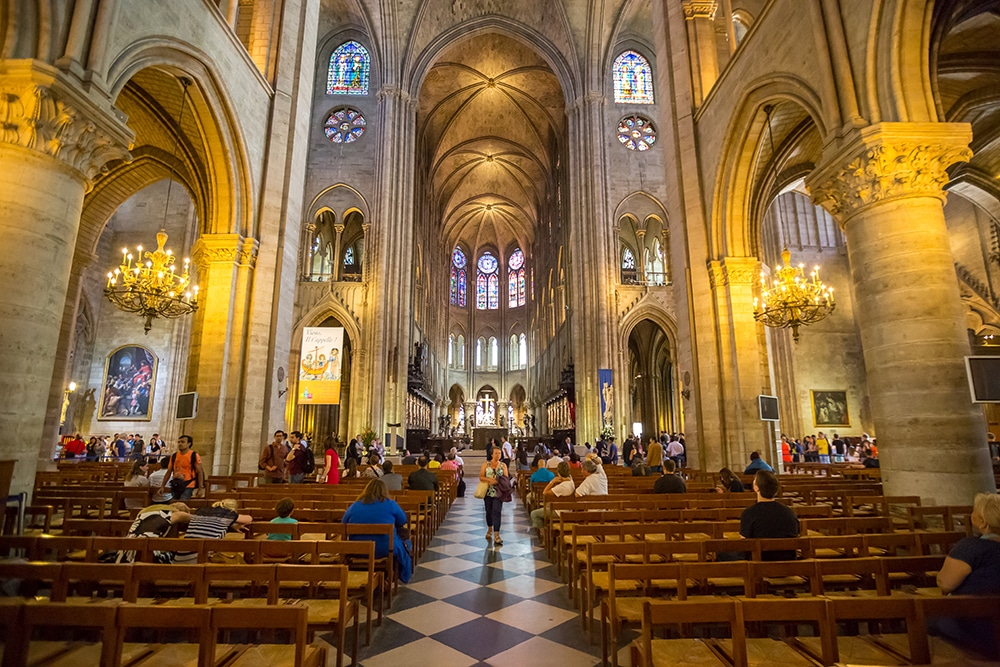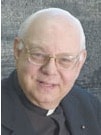 It is a sign of what is happening. Another new Catholic church in the Atlanta archdiocese has opened, Mary Our Queen. It features artifacts and other items from St. Gerard’s Church in Buffalo, New York, which has closed.
It is a sign of what is happening. Another new Catholic church in the Atlanta archdiocese has opened, Mary Our Queen. It features artifacts and other items from St. Gerard’s Church in Buffalo, New York, which has closed.
The magnificent new Cathedral of the Holy Name of Jesus in Raleigh, North Carolina, includes beautiful Stations of the Cross from a church in Philadelphia that no longer is open. I met a pastor in Tennessee whose parish is planning a new church. He had just returned from Ohio, where he had purchased the high altar, tabernacle and statues from a church no longer open.
This transfer of art suggests how the Catholic population of this country is moving. Because of this, the Church is booming in the South and Southwest.
For example, Pope St. John XXIII established the Archdiocese of Atlanta in 1962, which then listed about 40,000 Catholics. Today the Catholic population of the archdiocese is over 1 million. This surge has occurred in living memory.
Forty years ago, the Diocese of Raleigh had about 30,000 Catholics on its lists. Today it has about 250,000 Catholics.
If the Archdiocese of New York had grown as much as the Atlanta archdiocese in the past 60 years, New York today would have 26 million Catholics. The Philadelphia archdiocese today would list 14 million, Boston 20 million.
Hispanic immigrants account for much of this growth, but the majority of newcomers into Southern and Southwestern dioceses are native-born Americans arriving from New England and the Midwest.
Meeting this wave of arrivals is a challenge. One Southern bishop recently told me that if his diocese had the priests, he would announce five new parishes the next morning. When Catholic schools are closing in many places, new Catholic schools are opening south of the Mason-Dixon Line.
No one knows how many Catholics who are moving into the South and Southwest retain ties with the Church. I fear that more than a few drift away. Still, a sizeable number of newcomers connect with the Church when they arrive. It makes sense. They have left everything near and dear, but the Catholicism in Charlotte, or Jacksonville, or Fort Worth is just like the Catholicism that they knew in Detroit, Scranton or Milwaukee. They feel at home.
Other factors occur. Despite all the changes in culture, welcoming still is a very important part of life for Southerners and Southwesterners. Reaching out to strangers is expected. Keeping strangers at a distance seems very odd. Second, regardless of shifts in attitudes and habits, religion and formal church affiliation remain important to people in the South and Southwest.
Personally, I have watched this population shift among American Catholics in my lifetime. I thought about it during the election of 2016. I remembered the eruption of anti-Catholic prejudice when Catholic John F. Kennedy ran for the White House in 1960. JFK lost my home state of Tennessee. Catholics knew that they were a minority, excluded and mistrusted. But in 2016, the state lieutenant governor and the mayors of all three of Tennessee’s major cities, Knoxville, Memphis and Nashville, were practicing, public Catholics and big vote-getters.
The growth, the building and the realities accompanying it all bring a vitality and an excitement. It is hard to be a Catholic in Birmingham, or Little Rock, or Savannah, and feel that the Church is dying.
Again, look at all the new Catholic churches. The new cathedrals in Knoxville and Raleigh are among the most beautiful and largest Catholic houses of worship in America, built for now and for the future.
Msgr. Owen F. Campion is OSV’s chaplain.

